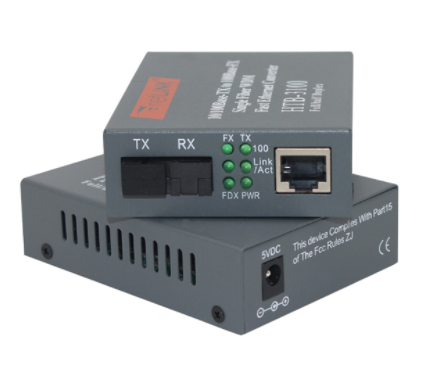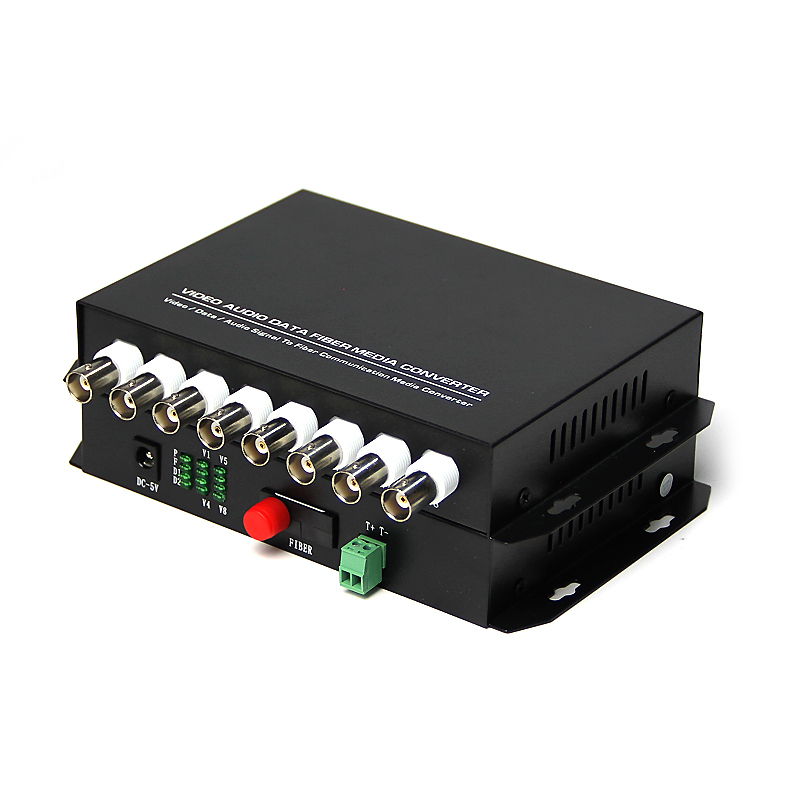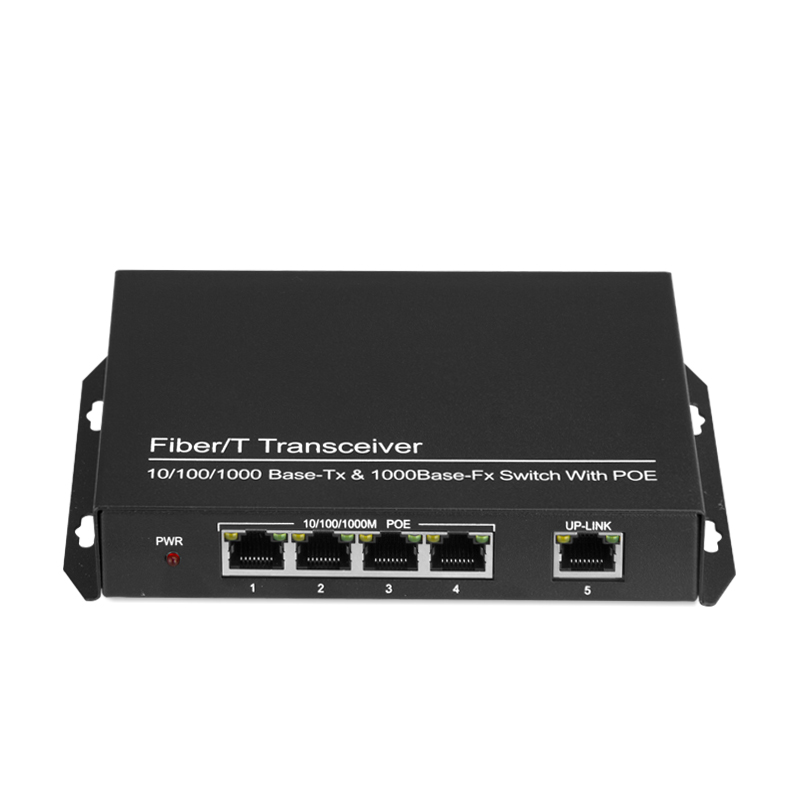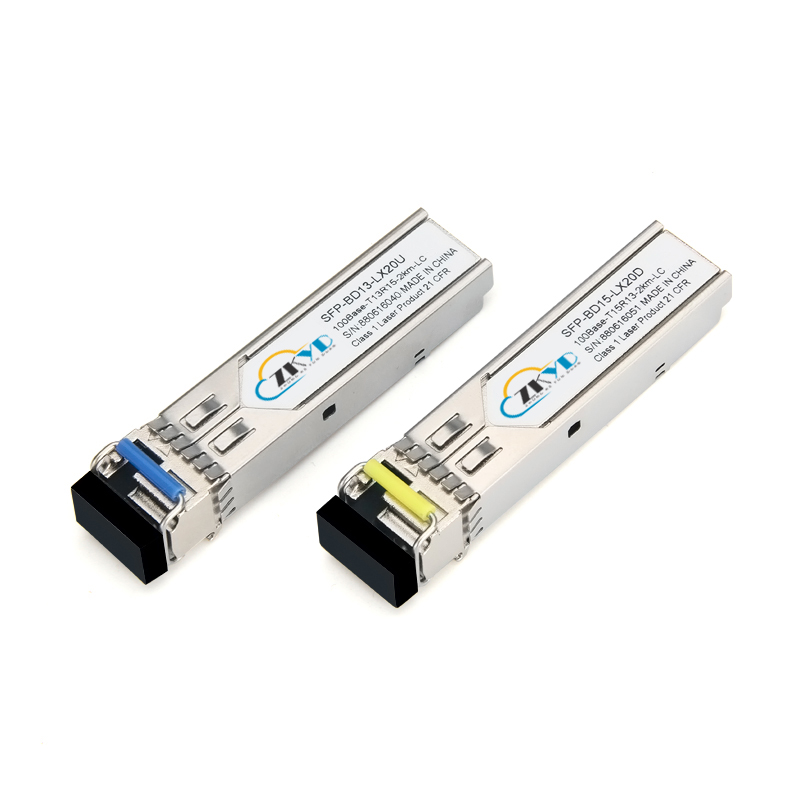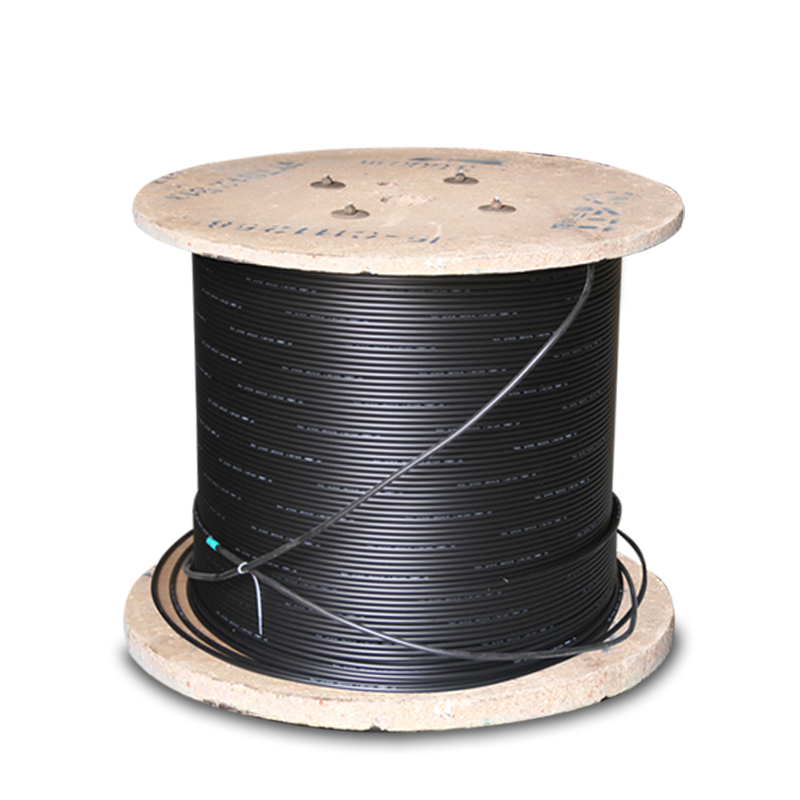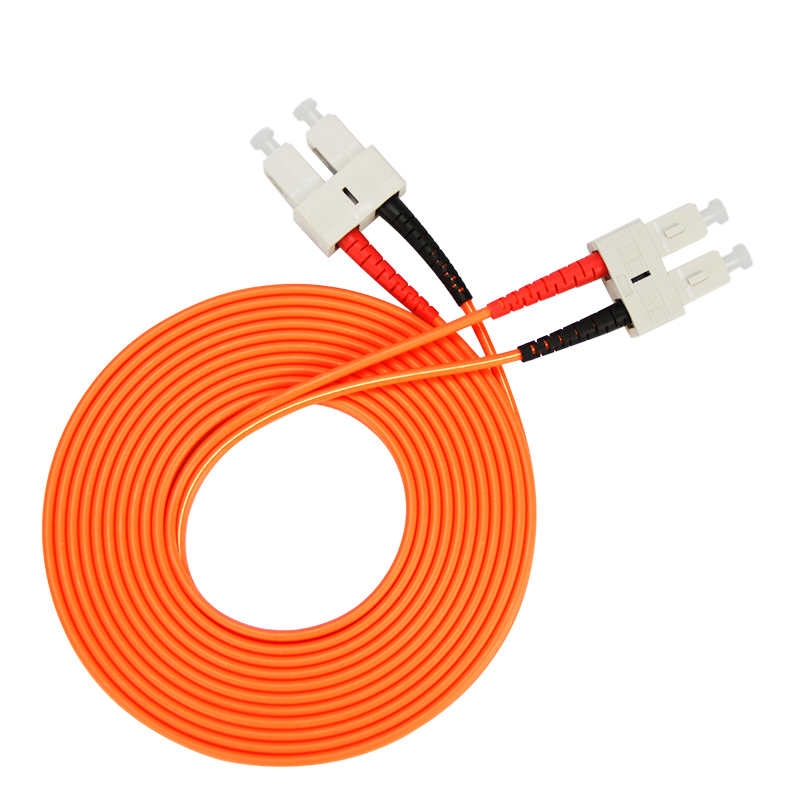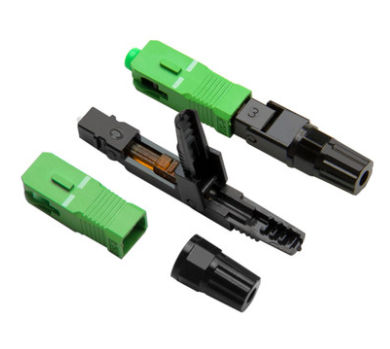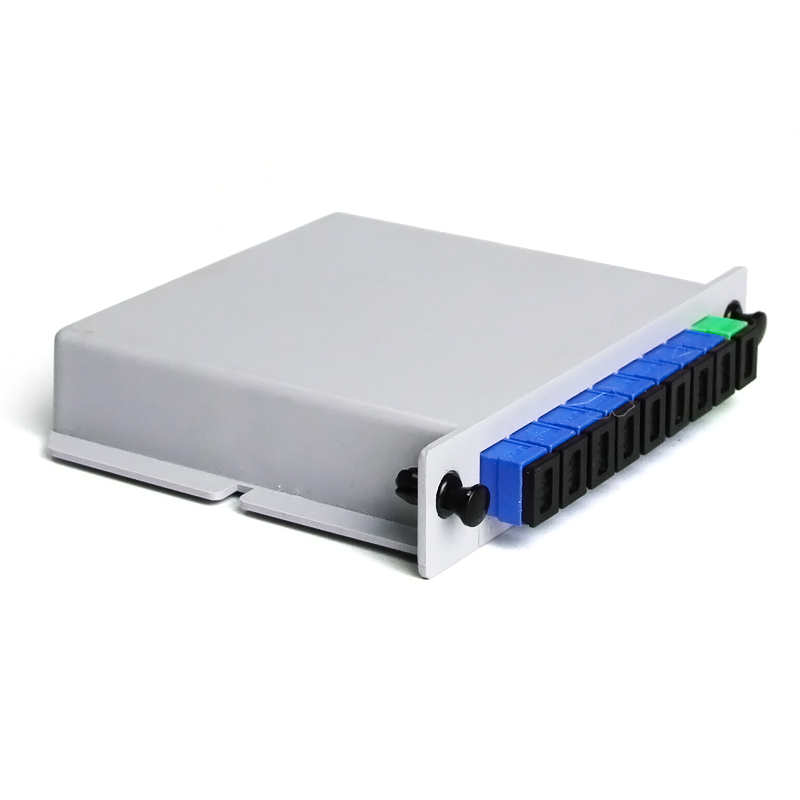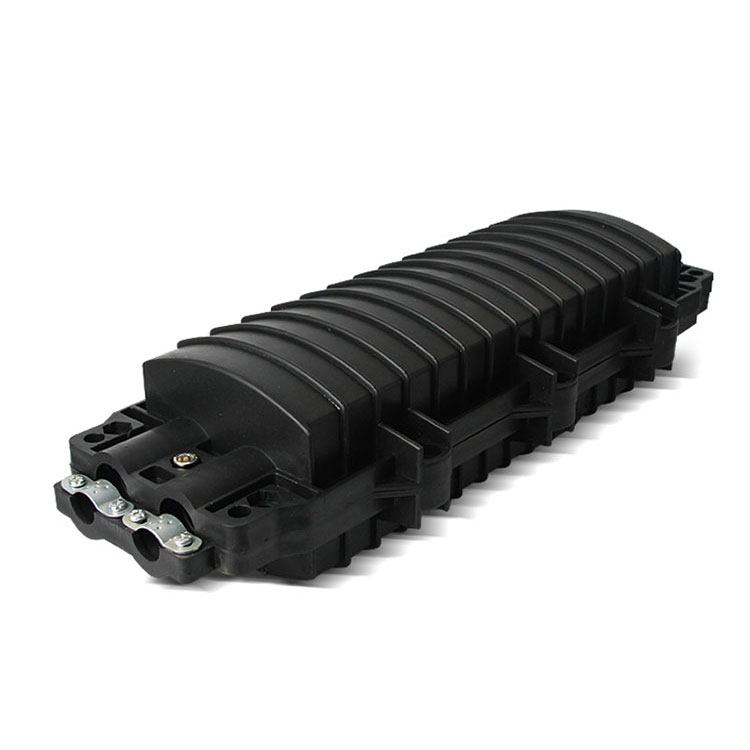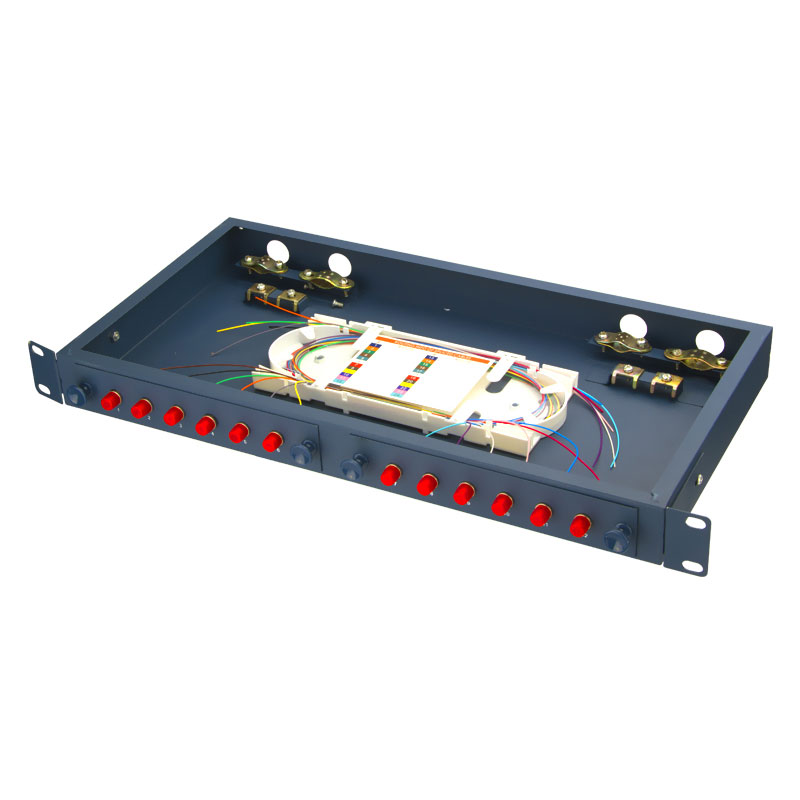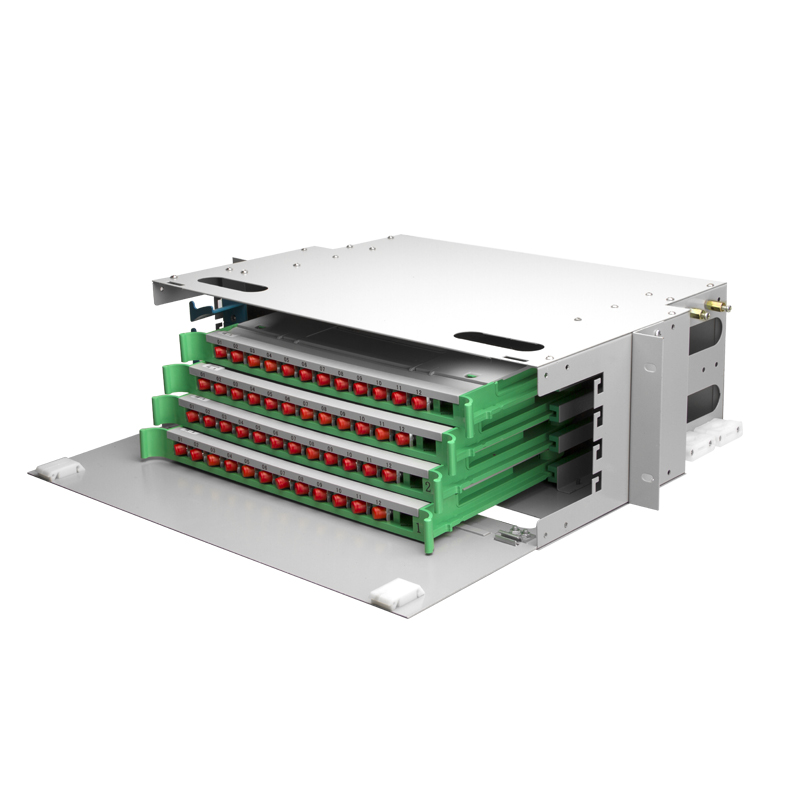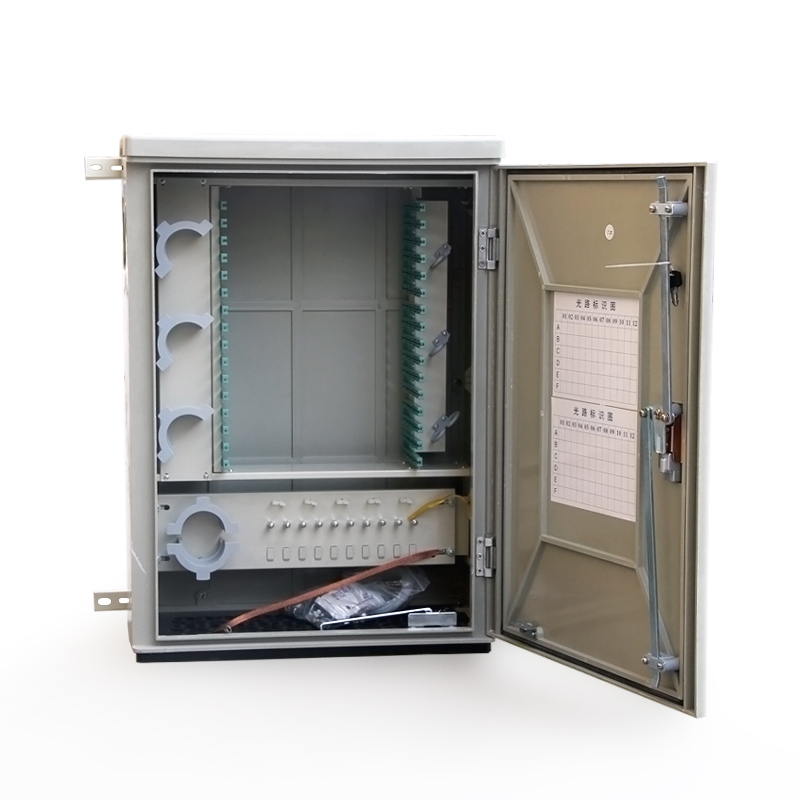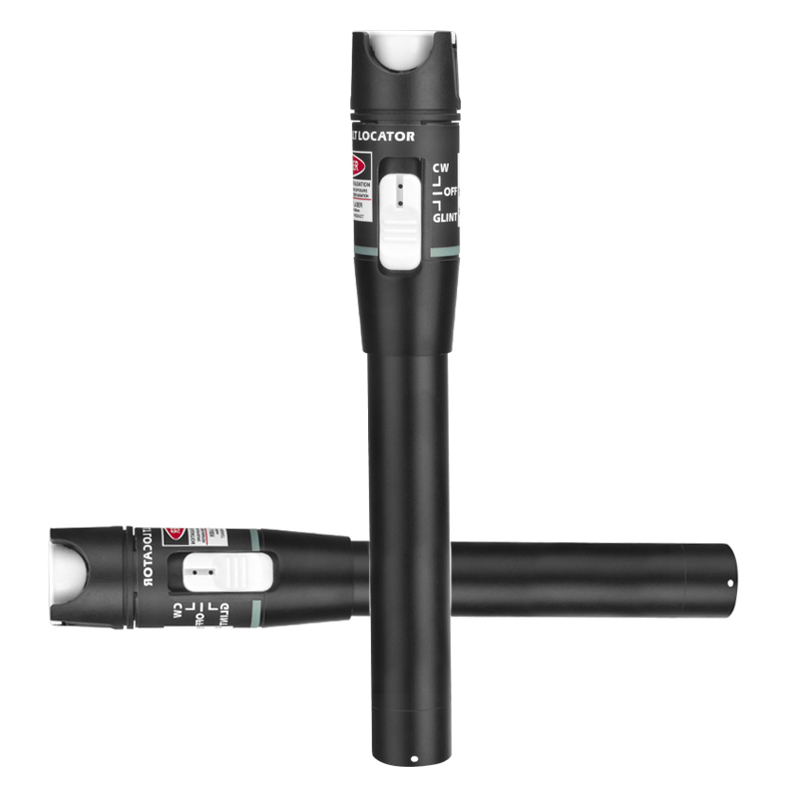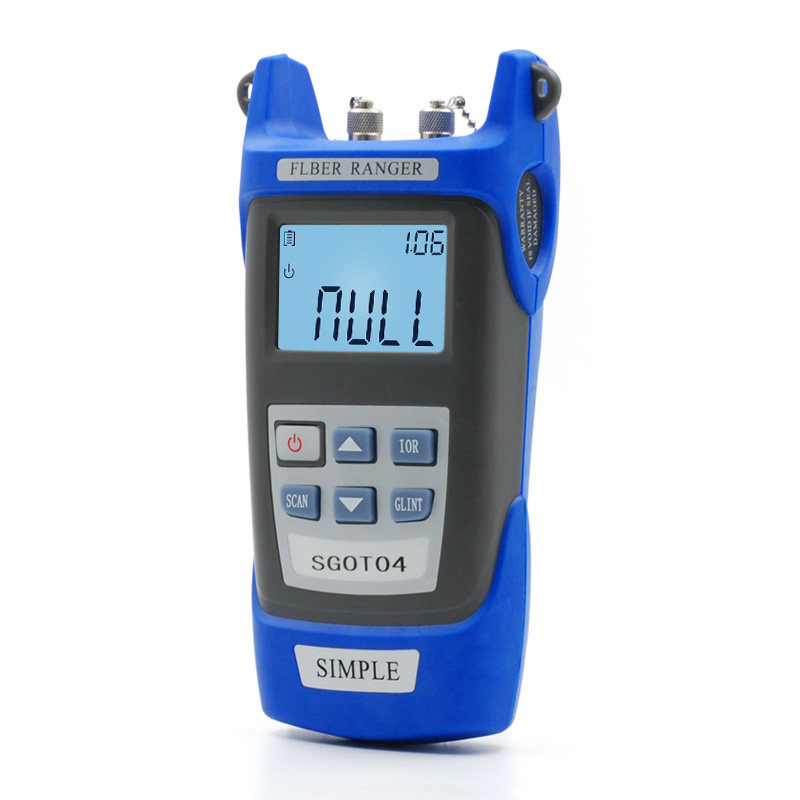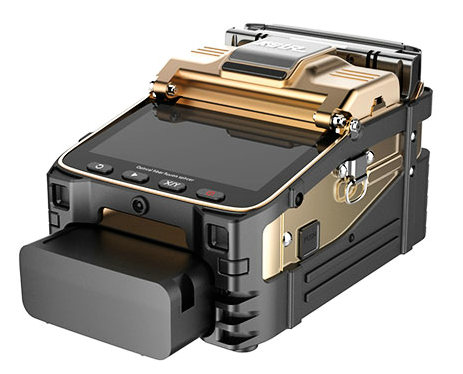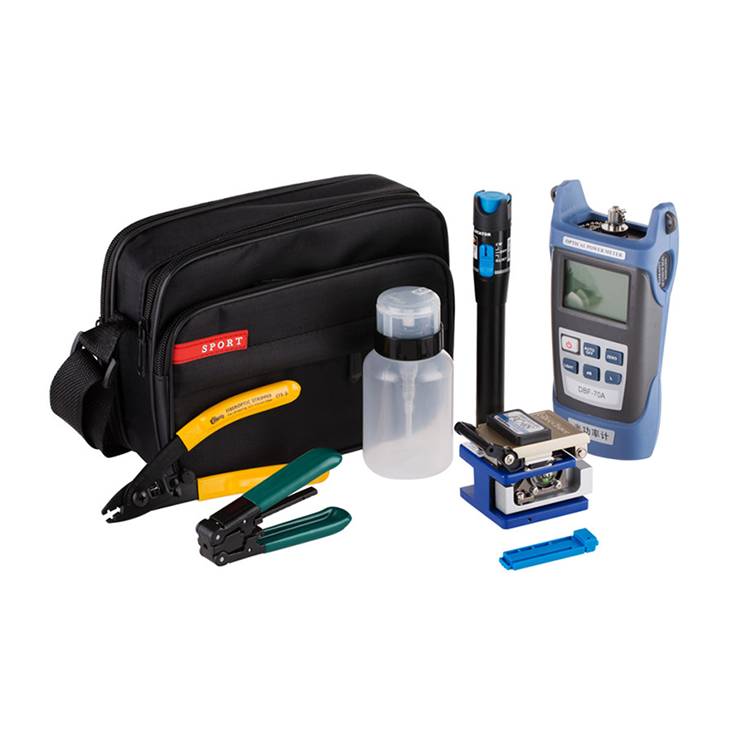Since the transmission distance of traditional copper UTP/STP (unshielded twisted pair/shielded twisted pair) Ethernet cables is limited to 100 meters, the need for extending network connection is necessary. What kind of device can meet this requirement? The answer is Ethernet media converter.
What Is an Ethernet Media Converter?
Ethernet media converter is widely applied when distances between two network devices exceed the transmission distance of copper cabling. It can also be used to convert the electrical data signals into light pulses that will travel over the fiber optic cabling if EMI/RFI (electro-magnetic interference/radio frequency interference) emissions or interference arise issues. Because it can electrically isolate both network nodes from each other eliminating any ground loop concerns or voltage spikes from lightning. It’s also useful for your network transmission since it’s virtually impossible to tap into the transmitted signal without detection.
Ethernet Media Converter Types
Ethernet media converter typically has three categories, including standalone media converters, DIN Rail Mount industrial media converters and chassis-based media converters. Standalone converters are often used when only one or two conversions are needed. The industrial media converters are suitable to be used in large manufacturing plants with harsh conditions and limited space. While the chassis-based media converters are used in large MDF (main distribution frame) locations where multiple fiber links are needed to be converted to UTP.
Standalone media converters turn an Ethernet connection into fiber cabling, supporting ultra-fast long distance connections. Except extending the network connection distance, it can also save you costs and space due to its standalone feature. On one hand, it provides high quality conversion on a unit-by-unit basis instead of buying an entire chassis. On the other hand, the compact configuration can fit anywhere leading no wasted space and doesn’t need an entire rack. It’s suitable for the applications in limited space environments such as telecommunication cabinets or a distribution box. The small size is convenient for installation. And plug & play design makes the converters easy to operate.
Industrial media converters are specially designed for the harsh environment applications. They can convert copper to fiber, single-mode to multimode, multimode to multimode. They are ideal for extending the distance of copper devices such as IP cameras and wireless access points found in traffic management, oil and gas pipelines, weather tracking, industrial and outdoor applications. FS offers a full range of industrial media converters which are available in single-mode dual fiber, multimode dual fiber and single-mode single fiber. They feature with small power consumption, low heat, high reliability and good stability.
Chassis-based media converters include a number of independent media converters and a chassis capable of housing up to 16 media converters. This kind of media converters convert signals transmission from one type of cable to another type of cable. Therefore, it can reach longer signal transmission distance between devices designed for short distance cables like Cat 5 twisted pair cables. All media converters in the system have own solid metal case housing, LED status indicators and AC to DC power adapters. They can be used as standalone converters, or installed in the chassis. When you need more room, you can install them in a chassis. Before installation, first you need to remove their metal cases and slide their PC boards into the chassis slots. At that situation, the power supply will come from the chassis instead of each standalone converter. All media converters are hotswappable when used with the chassis. As to this type of media converters, there are managed or unmanaged options.
The managed module is available for installation in the chassis. It’s helpful to monitor the real-time status of all media converters and power supplies in the chassis and send out information about all abnormal situations. Management follows industry standards, including SNMP (simple network management protocol) and HTTP, which allows you to monitor and manage media converters and power supplies from a third-party SNMP management workstation or via a web browser.
The unmanaged or “plug & play” Ethernet media converter is easy for installation and troubleshooting. But it’s difficult to discover the problem once there is a network issue. So if you select this solution, you can use an SNMP card showing statistics and whole conditions of all media converters in the chassis. This is useful when many chassis are filled with Ethernet media converters in a large data center.
How to Use Ethernet Media Converter?
Ethernet media converter usually has two types of ports. One is for the copper side (often an RJ45 jack) and the other is for the fiber side (the port can be SC, ST, LC, etc). If you have bought the media converter that you need, you simply plug your copper network cable into the RJ45 jack and then make your connection to your fiber optic cabling. For most unmanaged Ethernet media converters, you are done with your installation once you power up the unit.
Conclusion
Ethernet media converters enable seamless integration of different network cabling for Ethernet networks. They support 10Mbps, 10/100Mbps, 100Mbps, 10/100/1000Mbps, Gigabit and 10 Gigabit. To extend network distances, they can convert copper to fiber optic cabling, multimode to single-mode link. If you need any Ethernet media converter, please visit www.fs.com or contact us via sales@fs.com.
